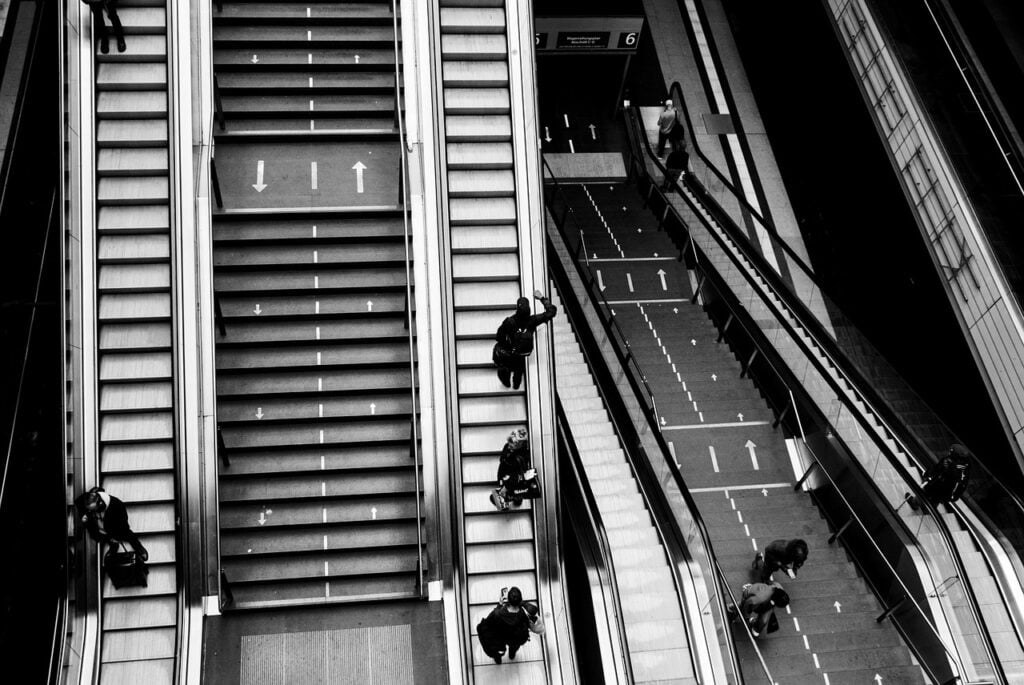Why does health require so much movement?
Why Does Health Require So Much Movement? Last week, we went over the official WHO’s physical activity guidelines, which are much higher than people generally. But why is that? Why does our body require such a high level of physical activity to be healthy?
To answer, we must look at the environment in which our bodies evolved and were shaped. Our species, Homo Sapiens, appeared around 300,000 years ago. The modern human body branched from the other Homo species at that time and our core biology has not changed in any meaningful way since then.
It’s commonly accepted that our bodies were uniquely adapted to the hunter-gatherer lifestyle of that era. After all, that’s why we emerged as a new specie: because we were very successful in that environment.
But the reality is even deeper: our biological mechanisms are not only adapted to, they are fundamentally dependent on the specific inputs—the stimuli—generated by that hunter-gather lifestyle in that wild environment.
Remove those stimuli, and some of our biological mechanisms that keep us healthy fail to activate correctly.
Not just designed for the wild—dependent on it
This isn’t a design flaw, but a feature of the human body, which was beneficial at the time. For hundreds of thousands of years, our ancestors lived in an energy-scarce world. The human body features countless mechanisms designed to save precious calories.
One of them is: don’t build or maintain what isn’t strictly necessary. It uses our actions and environment as signals to determine what is needed. It’s valid for muscles (use it or lose it) but not just them, and some have a very straightforward link to our health.
The best example is bone density. Our bodies don’t build strong bones by default. They wait for high-impact stimuli—running, jumping, carrying heavy loads—before investing the energy to reinforce the skeleton. In a hunter-gatherer lifestyle filled with these physical demands, the signals were constant and unavoidable.
In our modern & sedentary world, they are lacking if we don’t consciously re-inject some of them. The result is a strong increase of osteoporosis in the last 2 decades. We don’t move enough as kids and teenagers to develop strong enough bones, and then we don’t move enough as adults and older adults to prevent the loss of bone density natural as we age.
Our modern environment, engineered for maximum comfort and minimum effort, has systematically stripped away the very stimuli our bodies require, on a daily basis, to build and maintain themselves.
The foresighted approach: rebuilding what’s lost
This brings us to the core of the Foresighted approach. It is not about romanticizing the lives of the early Homo Sapiens—a life of high infant mortality and fatal infections is nothing to aspire to.
It’s about acknowledging the needs of our own biology within a modern context, if we want to maintain or optimise our health and capabilities. To design a Foresighted lifestyle, we can follow a simple, three-part system:
- Re-inject critical stimuli: Intentionally add back the positive physical, nutritional, and environmental inputs our modern lifestyle lacks, and without which our bodies literally break down.
- Remove modern negative stimuli: Systematically minimize the negative stimuli our bodies are not designed to handle, like chronic sitting and ultra-processed foods.
- Retain the modern & beneficial ones: Keep the immense benefits of our era—from modern medicine to technology—that unequivocally improve our quality of life and survival.
But how do you actually put this in practice? It’s simpler than you think, but it’s not easy, as we need to fight against our own instinct.
Next week, we’ll go over the key mindset shift that will get you most of the physical stimuli you need back in your life.


















